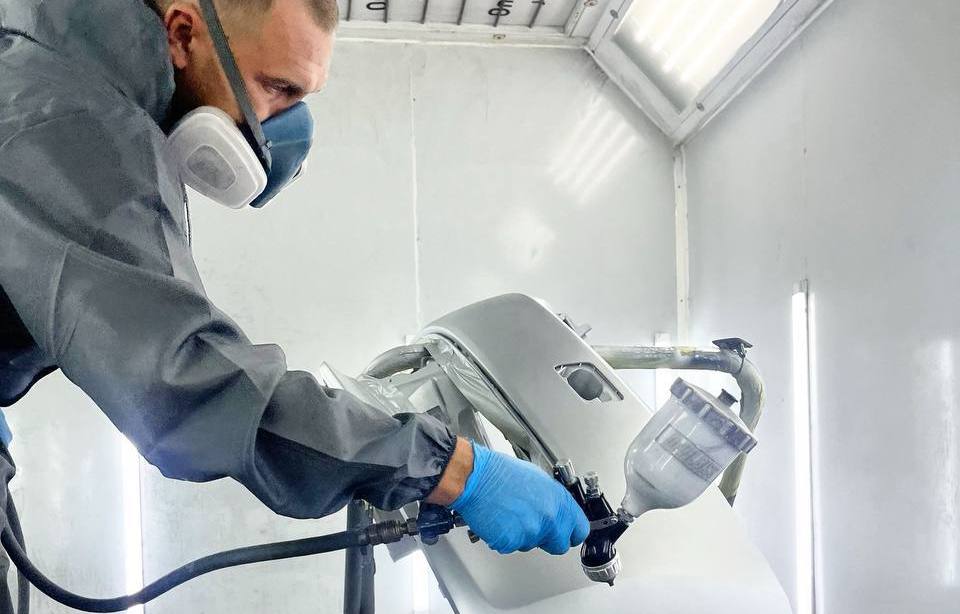The generator is one of the most important parts of the car, which is responsible for supplying electricity to the on-board network. But like any other mechanical part, the generator is subject to wear and tear. In this article, we will look at the main causes of generator breakdowns, how to determine if there are problems and how to fix them.
Generator malfunctions
Generator malfunctions can be varied, but they all boil down to disruption of its operation and, as a result, lack of battery charging. The most common generator failures are:
- Breakage or short circuit of wires
- Worn brushes or diodes
- Stator or rotor failure
- Violation of contacts inside the generator
- Drive belt damage
- Violation of contacts on the dashboard
Causes of violations in the operation of the generator
There are many reasons that can lead to malfunctions in the generator. Consider the most common of them:
- Drive belt wear
The alternator drive belt can wear out and stretch over time. This can lead to a decrease in its tension and disruption of the generator. You should pay attention to the whistling sounds that the belt makes when the engine is running.
- Worn brushes or diodes
Alternator brushes and diodes can also wear out over time. If the brushes are worn out, then when starting the engine, ringing or rustling from under the hood may occur. If you notice that the charging icon on the dashboard lights up or that the headlights become dim or flickering, this may be a sign that the alternator diodes have failed.
- Stator or rotor failure
Generator stator or rotor failure can occur due to a short circuit, overheating, or mechanical damage. If the alternator begins to emit an electrical hum or ringing sound, this may be a sign of a stator or rotor malfunction.
- Violation of contacts inside the generator
If the contacts inside the alternator are faulty, it may cause the alternator to not charge the battery. This can happen because the contacts are corroded, the alternator has been installed incorrectly, or the wires have been damaged.
- Violation of contacts on the dashboard
If the contacts on the dashboard are faulty, this may cause the charging icon to light up on the display and the battery will not charge. This can happen due to broken contacts, electrical circuit failure, or because the dashboard has been damaged.
How to determine if there is a problem with the generator?
If you suspect that the car’s alternator is faulty, there are a few ways you can check that it’s working:
Use Voltmeter
Using a voltmeter, you can measure the voltage on the battery. If it is less than 12 volts, then most likely the alternator is not charging the battery. You can also check the voltage at the generator terminals – it should be at least 13 volts.
Check Drive Belt Condition
Check the condition of the drive belt – it should be tight and without cracks. If you notice that the belt is overheating or breaking, then this may be a sign that the alternator is not working properly.
Pay Attention to Sounds
Pay attention to the sounds that the generator makes when the engine is running. If you hear a ringing or rustling from under the hood, then this may be a sign that the alternator brushes have worn out.
Check Headlights
If you notice that your headlights are dim or flickering, then this may be a sign that the alternator is not working properly and is not charging the battery.
Pay Attention to the Dashboard
If the charging icon on the dashboard lights up, this may be a sign that the generator is not working properly.
Generator Repair
Generator repair includes the following types of work:
- Generator brush replacement
- If the alternator brushes are worn out, they should be replaced. It usually does not take much time and does not require special knowledge and tools.
- Replacing the alternator drive belt
- Replacing a drive belt may require some skill and tools, so it’s best to call in a professional.
- Replacing the stator or rotor
- This is a more complex process that may require certain skills and tools, so it is best to turn to specialists.
- Contact repair
If the contacts inside the alternator or on the dashboard are damaged, they should be repaired at a car repair shop.
Conclusion
The alternator is an important part of the vehicle’s electrical system, providing battery power and electrical equipment. A faulty alternator can cause serious problems for the vehicle and its electrical system. If you notice any signs of a generator malfunction, you should immediately contact a specialist for diagnosis and repair. You should also monitor the condition of the generator and regularly service the car to avoid problems with the generator.




































 Request a Call
Request a Call  Plot Route
Plot Route  Reviews on Google
Reviews on Google 
